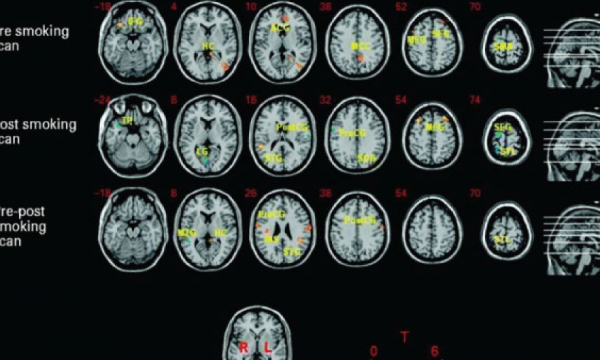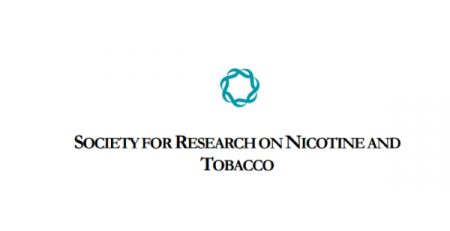Inherited differences in the rate of metabolism of nicotine
Background Inherited differences in the rate of metabolism of nicotine, the addictive chemical in tobacco, affect smoking behavior and quitting success. The nicotine metabolite
ratio (3′-hydroxycotinine/cotinine) is a reliable measure of nicotine clearance and a well-validated predictive biomarker of response to pharmacotherapy. To clarify the mechanisms underlying these associations, we investigated the neural responses to smoking cues in normal and slow nicotine metabolizers.
Methods Treatment-seeking smokers (N = 69; 30 slow metabolizers and 39 normal metabolizers) completed a visual cue reactivity task during functional magnetic resonance imaging on two separate occasions: once during smoking satiety and once after 24 hours of smoking abstinence.
Results In whole-brain analysis, normal (compared with slow) metabolizers exhibited heightened abstinence-induced neural responses to smoking cues in the left caudate, left inferior frontal gyrus, and left frontal pole. These effects were more pronounced when extreme groups of slow and normal metabolizers were examined. Greater activation in the left caudate and left frontal pole was associated with abstinence-induced subjective cravings to smoke.
Conclusions Inherited differences in rate of nicotine elimination may drive neural responses to smoking cues during early abstinence, providing a plausible mechanism to explain differences in smoking behaviors and response to cessation treatment. Normal metabolizers may benefit from adjunctive behavioral smoking cessation treatments, such as cue exposure therapy.












